Providing information is typically an easy task, particularly in a production setting with employees centred in one or a few locations. The difficult part of a communication plan is getting the buy-in from management and employees so proper protocols are followed without fail.
People tend to be reluctant to change an established pattern of behaviour. To be successful, human resources professionals often need to "sell" safety programs to their employees. The following steps will help your staff create a workplace safety strategy with the best chance of compliance.
Create a marketing campaign
The specifics of a plan will vary based on the industry and the workforce. Safety officers need to determine the risks of their particular plant and define their target market so they can tailor the campaign to their demographics. For example, some people are more likely to relate to visual aids, while other individuals may respond better in an interactive setting.
It is imperative that senior management is involved from the outset. They will approve the budget and ensure buy-in from supervisors and managers. It helps no one if management asks employees to work safely, but their production requirements cause supervisors to rush the workforce. If management doesn't take the program seriously – including realistic quota expectations – neither will the other employees.
Clear and consistent branding
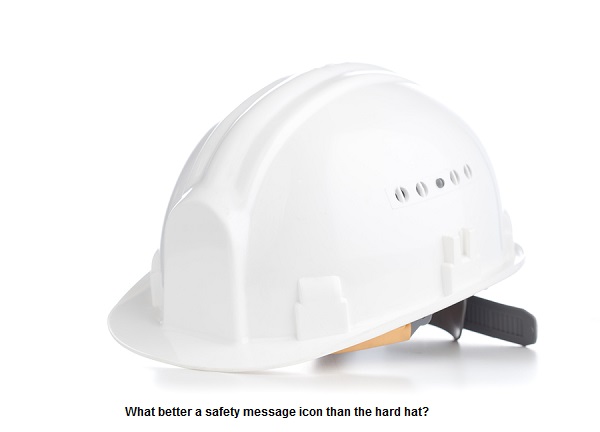
Companies create logos because they catch the attention of the audience. Create a simple tagline and graphic for safety protocol and include it on all communication pieces. A safety symbol can be as simple as a hard hat, but it will make it easy to identify safety reminders and recall messages under pressure. Remember, safety is about preparing workers for all outcomes all the time, not just earning their attention at the initial briefing.
Worst-case scenario
It is important to stay positive when communicating worksite safety, but sometimes employees need to be reminded of what is at stake if they take dangerous shortcuts. Use examples of how irresponsible behaviour can impact their own health and that of their co-workers.
Remind employees of how their family would be impacted with loss of life or limb, including the impact on their financial security. Teaching workers how to do something often isn't as important as reminding them why tasks need to be performed in a certain way.
Repeat the message
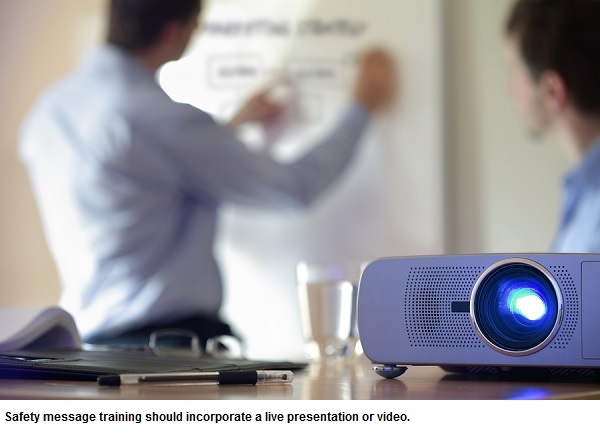
A message can be lost if it isn't repeated frequently. Placing posters, flyers and other reminders in multiple, highly visible locations should also be part of the communication plan for workplace safety protocols.
This important step is similar to a company's marketing efforts. They want potential customers to see, hear and read about their product. A successful campaign often includes television, radio and print advertisements.
Similarly, training should incorporate a live presentation or video, posters that repeat the message, flyers in the break room and possibly the bathroom, emails, newsletters, announcements during team meetings, and even payroll stuffers. Beyond the aforementioned tagline or graphic, messages should be short and concise.
Written messages should stick to shorter sentences (less than 20 words), and words with one or two syllables are ideal. Employees will better grasp the message and aren't as likely to ignore the written component.
No communication plan is fool-proof, and companies still need to determine what message needs to be presented. However, successful communication of worksite safety protocols begins with creating a marketing plan and focuses on selling the program to the employees. Time spent at the start of the process will lead to better compliance, improved performance and a safer, happier workforce.
Find safety equipment suppliers and solutions
Safety training and courses
Safety consultants and certifiers


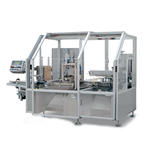

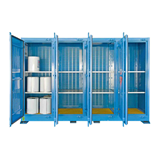

-160x160-state_article-rel-cat.png)


-160x160-state_article-rel-cat.png)
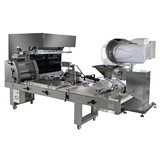



-160x160-state_article-rel-cat.png)





